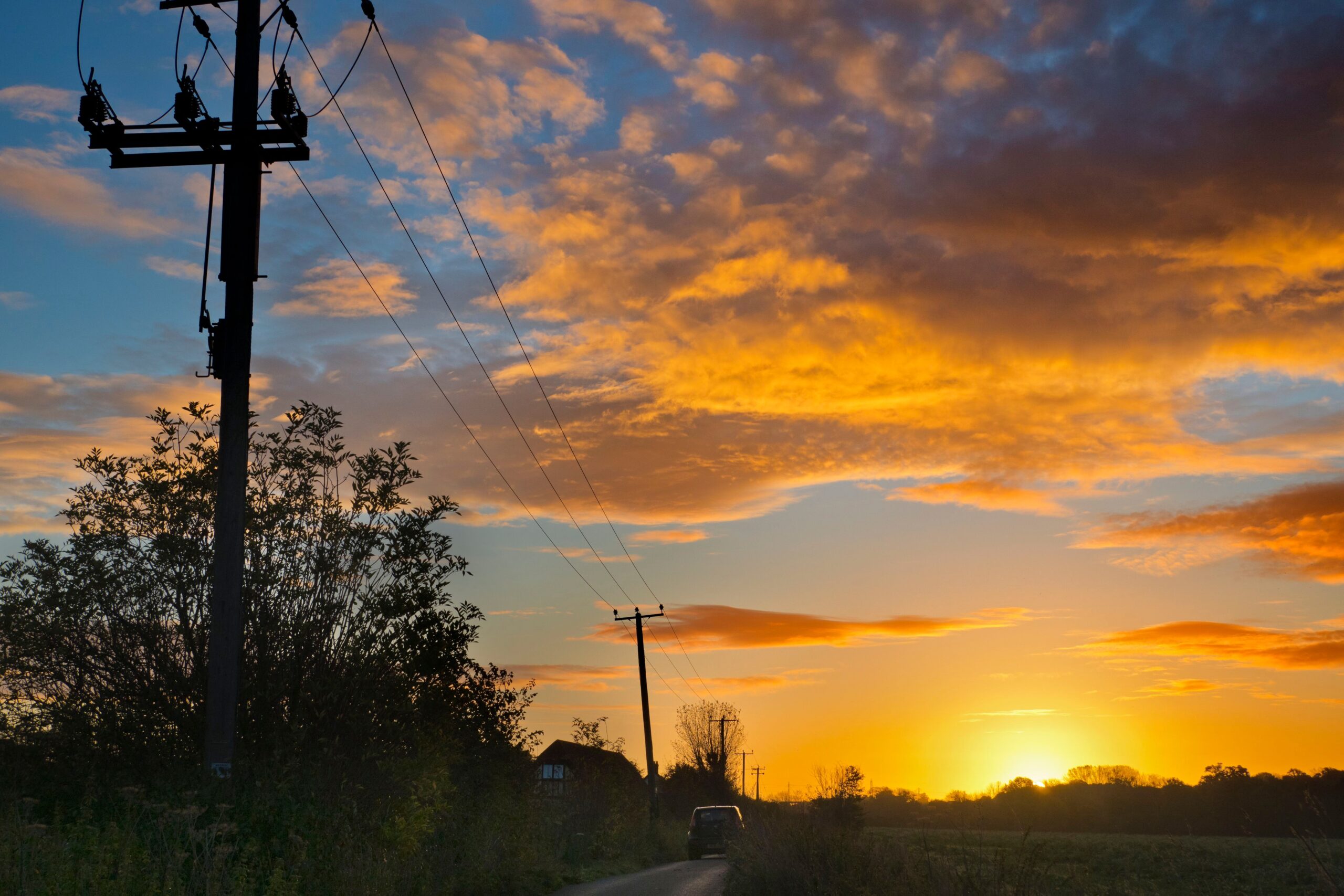Chandigarh: As monsoon clouds begin to clear from Punjab, the state is transitioning into a warmer and drier period, with temperatures climbing steadily and no rain in the forecast for the coming week. Ludhiana has recorded the highest temperature so far, highlighting a shift in the weather pattern that signals the end of the monsoon season.
After lingering over Punjab for nearly a week without movement, the monsoon system has now started withdrawing from several regions. Meteorologists say it is expected to fully exit the state within the next few days. The retreat marks the conclusion of what has been an unusually wet season, with rainfall totals exceeding historical averages.
According to data from the Meteorological Department, Punjab has received 621.4 mm of rainfall since June 1—about 48% more than the state’s average seasonal rainfall of 420.9 mm. While this surplus has benefited water storage and agriculture in many areas, it also brought bouts of flooding and waterlogging in various districts.
Reservoir levels remain strong, providing some relief for the months ahead. As of early morning on September 22, the Pong Dam in neighboring Himachal Pradesh stood at 1,391.84 feet, with 17,786 cusecs of water flowing in and 55,134 cusecs being released. The Bhakra Dam reported a water level of 1,677.07 feet, with an inflow of 36,637 cusecs and an outflow of 45,000 cusecs.
With the rain clouds dissipating, the state has entered a dry stretch that is expected to last at least a week. Temperatures have begun to inch upward, particularly during the night, leading to discomfort in several areas.
Ludhiana’s Samrala region recorded the state’s highest temperature at 36.8°C. Bathinda followed closely with 36.6°C, while Patiala hit 35.4°C. Other cities like Ludhiana (35°C), Amritsar (34.8°C), and Pathankot (34.7°C) also reported above-average temperatures for this time of year.
Although daytime temperatures remain within seasonal limits, the rise in nighttime temperatures is notable. Clear skies and dry air are contributing to this warming trend, with little relief expected until the arrival of cooler winds in October.
With no rain forecasted for at least the next seven days, officials are advising residents to take necessary precautions against heat-related issues. Farmers, in particular, are being urged to plan their irrigation schedules carefully as soil moisture begins to drop.
As Punjab says farewell to an intense and rain-heavy monsoon, the focus now shifts to managing the impacts of rising temperatures and preparing for the winter cropping season ahead.






